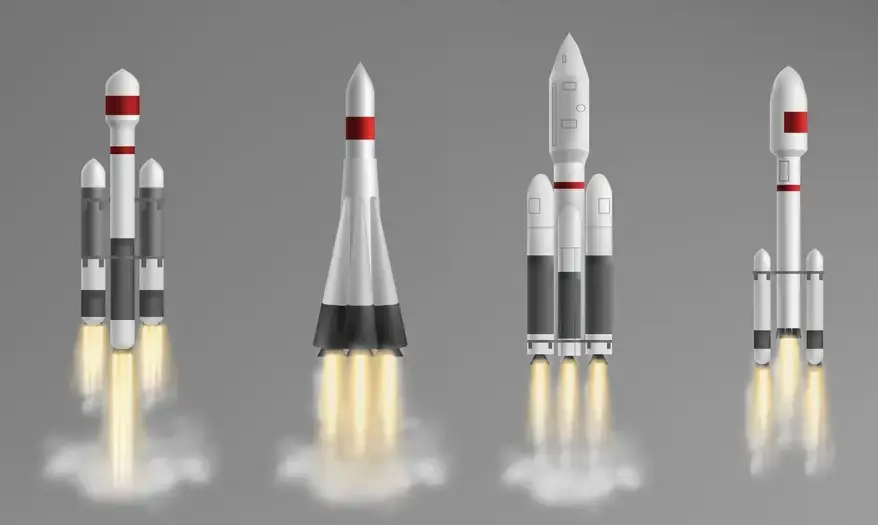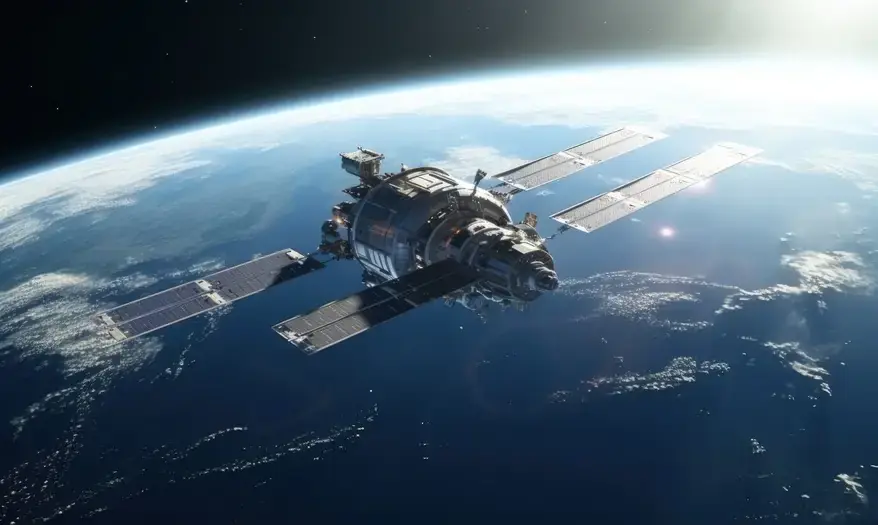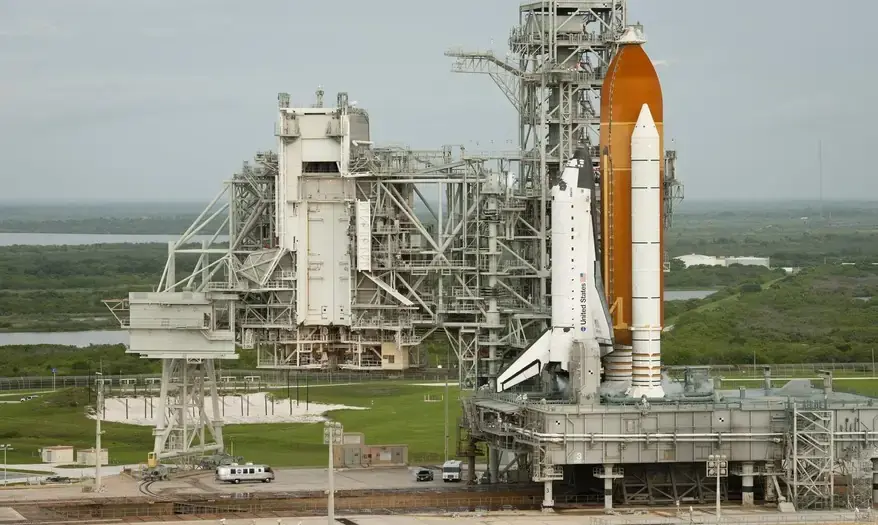Rockets or Projectiles: How Do You Build One?
Estimated reading time: 8 minutes
Spaceflight is more than just a rocket blasting off into the sky. Accordingly, behind every launch, complex systems are at work to ensure that the rocket navigation maintains the right orientation and trajectory. Additionally, to achieve this, rockets rely on a combination of controlled movements; pitch, yaw, and roll. Afterward, these acrobatic maneuvers help rockets maintain stability and precision as they navigate space. Furthermore, this is all part of the sophisticated rocket navigation process. Firstly, in this article, we will break down how these movements work. Secondly, we will explore the systems involved. Finally, we will discuss the cutting-edge technology that keeps everything running smoothly from launch to landing.

Understanding Pitch, Yaw and Roll
Pitch, yaw, and roll are the key movements that allow a rocket navigation to adjust its direction and stability:
- Pitch: This is the up-and-down movement, where the rocket rotates around its side-to- side axis. Pitch adjustments are essential for altitude control during ascent and orbit.
- Yaw: The left-to-right rotation of the rocket around its vertical axis. Moreover, this movement helps steer the rocket horizontally and is, in fact, crucial for course corrections in space.
- Roll: The spinning movement around the rocket’s longitudinal axis. Roll is vital for maintaining the rocket’s stability and orientation, especially when navigating through different phases of the mission.
Precise control of these three interconnected movements ensures that the rocket stays on course throughout its journey.
Control Systems: The Brain Behind The Rocket

How Control Systems Work Together Throughout a Mission Phase?
Rocket control systems work together in a synchronized manner to ensure mission success. These systems operate throughout each phase of the mission; from launch, through orbital maneuvers, to re-entry and landing.
They continuously monitor and adjust the rocket’s navigation orientation using data from sensors and feedback loops.
- Launch and Ascent: During launch, control systems adjust pitch and yaw to ensure the rocket follows the correct flight path. Roll stabilization is key to prevent unwanted spinning and keep the rocket on course.
- In-Orbit Maneuvers: Once in orbit, engineers use yaw and roll for fine adjustments, aligning the rocket with its target orbit, adjusting its position, or preparing it for docking.
- Re-entry and Landing: As the rocket re-enters the atmosphere, pitch and yaw control the angle of descent, while roll ensures stability as it prepares to land.
Reaction Control Systems: Essential Stabilizer in Space
In space, aerodynamics no longer work the same way as they do in the atmosphere, so rockets rely on Reaction Control Systems (RCS). Engineers strategically place these small thrusters around the rocket to fine-tune its orientation.
RCS is crucial for:
- Small, precise maneuvers in zero gravity.
- Stabilizing the rocket during orbital operations or docking.
- Ensuring that the rocket maintains its desired attitude, even when outside the Earth’s atmosphere.
RCS works alongside other control systems to maintain stability and orientation, especially during complex space operations.
Bringing it all Together : Comprehensive Attitude Control in Rockets Missions
To maintain precise control over the rocket’s orientation, various subsystems—pitch, yaw, roll, RCS, and gyroscopic systems; work in harmony.

- Feedback Loops and Automated Guidance Systems: Modern rockets rely heavily on automated systems that calculate and adjust flight paths in real-time. Feedback loops continuously assess the rocket’s orientation and make corrections when necessary. This allows the rocket navigation to make instantaneous changes without requiring manual intervention.
- Advanced Navigation and Sensor Fusion: Accordingly, navigation in space is no simple task, and GPS is not available in deep space. However, rockets use advanced sensor systems like star trackers and sun sensors to help orient themselves. Additionally, engineers combine these sensors with sensor fusion techniques, thereby integrating multiple data sources for more accurate navigation. Moreover, this approach allows for improved tracking and positioning, which is crucial for successful space exploration. Nonetheless, the challenges of deep space navigation persist, and continued research and development are necessary to overcome them.
Thrusters: The Rocket’s Steering and Braking Power in Space
Rockets use different types of thrusters to adjust their velocity and orientation in space. These thrusters are essential for maneuvering and controlling the rocket navigation throughout its journey.
Types Of Thrusters Used In Rockets
- Cold Gas Thrusters: These are used for small adjustments in orientation, especially during fine-tuned maneuvers.
- Monopropellant Thrusters: These offer more thrust than cold gas and are often used for orbital maneuvers.
- Ion Thrusters: Used for long-distance missions, ion thrusters provide high efficiency over extended periods.
Each type of thruster serves a specific purpose depending on the mission’s requirements and the need for precision control.
Also Read: Boeing Starliner Spacecraft Technical Issues
Fuel Efficiency and Propulsion Optimization in Space
Fuel efficiency is a critical aspect of space missions, especially for long-duration ones. Rockets need to optimize their fuel use to maximize performance and minimize the risk of running out of fuel.
- Automated Trajectory Planning and Adaptive Navigation: Onboard AI systems help plan the most fuel-efficient trajectory by analyzing real-time data and adjusting course based on the mission’s goals and fuel reserves.
- Fuel Management and Propulsion Efficiency: AI algorithms are used to monitor and adjust fuel consumption throughout the mission, ensuring that the rocket uses its fuel in the most efficient way possible.
- Principles of Propulsion Physics and Chemistry: The core principles behind rocket propulsion are rooted in physics and chemistry. By understanding how thrust is generated and how propulsion systems work, engineers can design more efficient systems that minimize waste and maximize energy.
Propulsion and Navigation In Complex Operations
As space missions grow more complex, the need for advanced propulsion and navigation systems becomes even more critical. These systems must work seamlessly to ensure mission success in challenging environments.
- Spacecraft Systems Engineering: A holistic approach to spacecraft design ensures that all systems, including propulsion, navigation, and attitude control, are integrated and work in harmony. This approach is crucial for sustaining long-term missions in the vacuum of space.
- Mission Planning and Execution: Space missions require careful planning, from initial conceptual design to real-time execution. Structural design, materials selection, and engine integration are key components that ensure the rocket can perform under extreme conditions.
Also Read: What Will You Learn in Aerospace Engineering
Building a Rocket Engine: The Heart of Space Exploration
Rocket engines are the heart of space exploration, and their design is as much about science as it is about art. Engineers combine principles of thermodynamics, fluid dynamics, and materials science to create engines capable of propelling rockets navigation through space.

- Combustion Chamber Development: The combustion chamber is the critical area where fuel efficiently burns to generate the necessary energy required to propel the rocket forward. In order to function effectively, it is specifically designed to withstand extreme heat and pressure while also ensuring that the combustion process remains both stable and highly efficient.
- Material Selection and Manufacturing: Selecting the right materials for rocket engines is crucial for performance. Advanced materials are required to handle the high temperatures and stresses during launch and flight.
- Thermal Protection and Heat Management: Rockets must manage extreme temperatures, especially during re-entry. Thermal protection systems are designed to prevent overheating and ensure that the rocket survives the harsh conditions of space.
- Engine Integration and Staging Mechanics: Integrating the rocket’s engine with the rest of the spacecraft involves sophisticated engineering. The staging mechanics ensure that the rocket sheds stages at the right time to maintain momentum and efficiency.
Conclusion
The art and science of rocket navigation involves numerous moving parts, from precise pitch, yaw, and roll control to the seamless integration of propulsion and navigation systems.
The combination of reaction control systems, advanced thrusters, automated guidance, and adaptive navigation ensures that rockets can achieve their mission objectives with unparalleled precision and efficiency.
Furthermore, the intricate choreography of these various components enables rockets to navigate complex trajectories and adapt to changing conditions with remarkable agility and responsiveness.
For those who are interested in learning more and wish to dive even deeper into the intricate details of rocket engineering and space technology, I have carefully put together a comprehensive resource. To make it easier for you, you can conveniently access the full PDF guide on building rockets, which includes valuable insights into propulsion, control systems, and much more. Simply visit my LinkedIn page (Sameer Khichindia), where you will find the downloadable PDF titled “Rockets or Projectiles.” By exploring this resource, you can significantly enhance your understanding of space missions and space technology.
REFERENCES
- NASA. (n.d.). Rocket guidance and control systems. Retrieved March 7, 2025, from https://www.nasa.gov
- SpaceX. (n.d.). Falcon 9 navigation & propulsion. Retrieved March 7, 2025, from https://www.spacex.com
- European Space Agency (ESA). (n.d.). Orbital mechanics and maneuvering. Retrieved March 7, 2025, from https://www.esa.int
- MIT. (n.d.). Aerodynamics & rocket propulsion research. Retrieved March 7, 2025, from https://www.mit.edu
- National Academies Press. (n.d.). Advancements in rocket propulsion. Retrieved March 7, 2025, from https://www.nap.edu
Additionally, to stay updated with the latest developments in STEM research, visit ENTECH Online. Basically, this is our digital magazine for science, technology, engineering, and mathematics. Furthermore, at ENTECH Online, you’ll find a wealth of information.







interesting read 💯